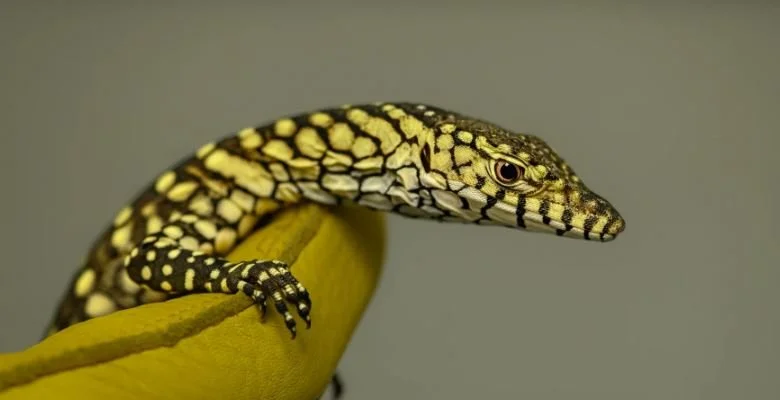Researchers in Florida have been painstakingly collecting the tears of sea turtles for the past couple years. They believe the tears carry a secret that could explain an enduring mystery: how many animals navigate by tapping into the Earth’s electromagnetic field.
Hi.
Welcome to my blog.





















